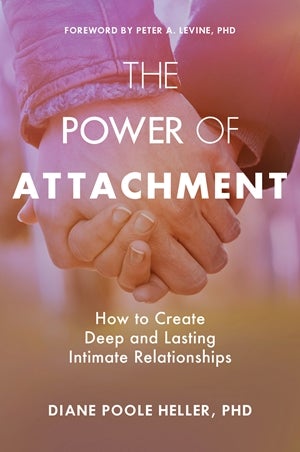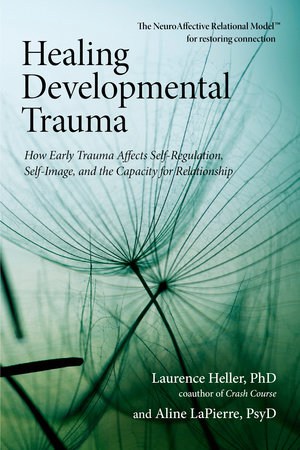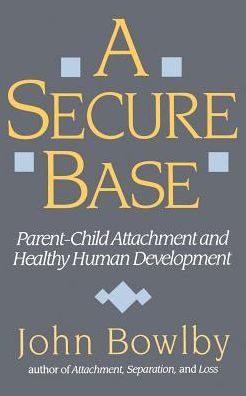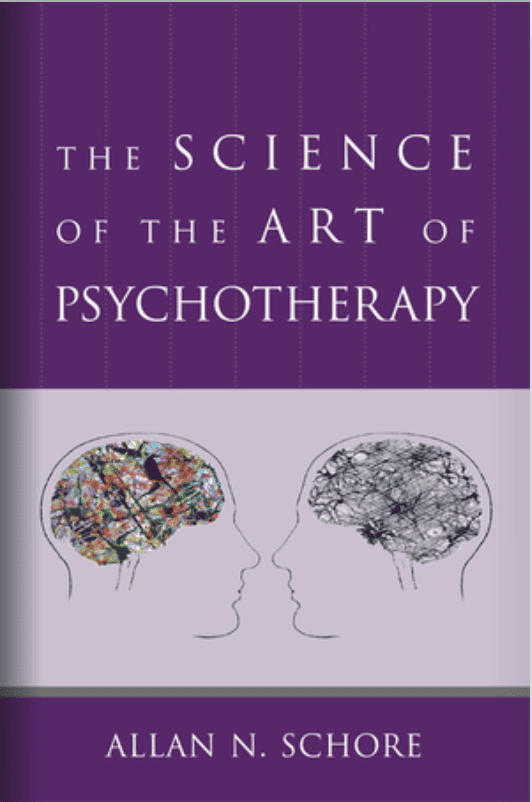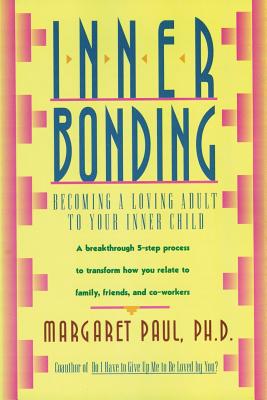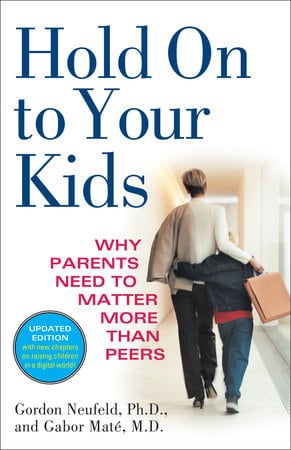Attachment
Secure Attachment
THC Editorial Team August 29, 2023
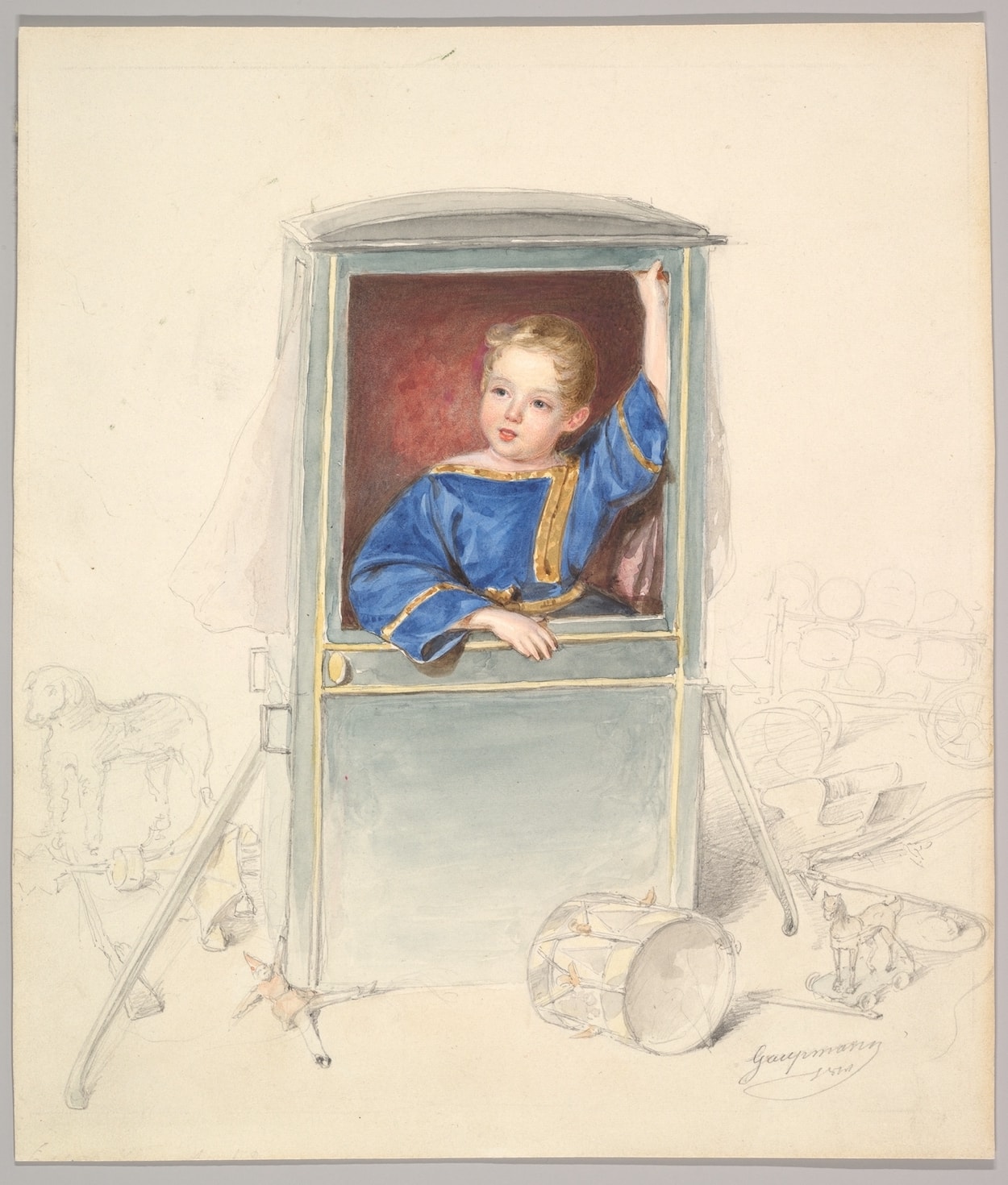
Contents
- Overview
- Primer on Attachment Theory
- What is Secure Attachment?
- Key Determinants of Secure Attachment
- Characteristics and Potential Benefits of Secure Attachment
- Potential Ways to Increase Secure Attachment
- Summary/Key Takeaways
Secure attachment is a primary factor for a healthy and fulfilling life. Although attachment style is generally formed in infancy, it can be promoted throughout one’s lifespan through various means.
Primer on Attachment Theory
Attachment theory is a psychosocial explanation for human bonding. According to attachment theory, humans have an inherent biological system for attachment that aims to preserve closeness with others, especially during times of vulnerability, such as infancy. This primary attachment system plays a crucial role in shaping cognitive development, establishing an individual’s attachment style, and molding future models of attachment throughout their lives. Attachment styles influence various social relationships, such as romantic partnerships, family dynamics, friendships, long-term relationships, and even interactions with strangers.1
In the late 1950s, British psychologist John Bowlby developed the theory of attachment to address various aspects of human development, including children’s separation anxiety and the similarities between mourning in children and adults. His theory diverged from prevailing Western psychological views, particularly Sigmund Freud’s psychoanalytic approach. While Freud saw infants as dependent and forming bonds through feeding, Bowlby viewed infants as curious and competent, capable of interacting meaningfully with their caregivers and environment.2
Bowlby’s theory emphasized that human attachment is not a matter of dependency but is rooted in instinctual, biological responses evolved to encourage social interaction. Drawing from evolutionary biology and ethology, he argued that caregiver-infant bonds are crucial for survival and have developed through natural selection. For healthy attachment to occur, Bowlby emphasized the role of “attunement,” the caregiver’s ability to anticipate and respond to the child’s needs and emotional states. This attunement teaches the infant non-innate self-regulation skills and contributes to their healthy development.2
Developmental psychologist Mary Ainsworth also played a pivotal role in shaping the field of attachment theory. Ainsworth designed the Strange Situation experiment, which involves exposing an infant to a stressful situation in an unfamiliar environment with a stranger present, followed by the caregiver stepping in to show care and attunement. This allowed researchers to observe the caregiver-infant bond. Ainsworth’s research findings led her to propose that caregivers are a secure base for infants, providing them with a sense of security and stability.3
Attachment Styles
Ainsworth categorized attachment into three primary styles: anxious/ambivalent, avoidant, and secure. Later, Mary Main and Judith Solomon introduced a fourth category called disorganized/disoriented in the mid-1980s.4
Anxious/Ambivalent Attachment.
Anxious/ambivalent attachment is characterized by insecurity and anxiety regarding love, care, and intimacy. Individuals with anxious-ambivalent attachment exhibit heightened vigilance towards any cues that might suggest emotional distancing, rejection, or potential abandonment by their caregiver or partner.
Avoidant Attachment.
Avoidant attachment is characterized by emotional detachment and self-reliance, often as a protective strategy. People with avoidant attachment may appear independent and avoid close emotional involvement with others. They may have learned this behavior in childhood because of having unreliable, unattuned caregivers.
As adults, people with an avoidant attachment style may struggle with intimacy and emotional connection. They often feel uncomfortable with displays of affection and may be quick to push others away if they perceive a risk of rejection or emotional closeness.
Secure Attachment.
Caregivers of securely attached children are responsive, attuned to their children’s needs, and supportive, fostering a sense of safety and security. Securely attached children learn to rely on others for support while feeling comfortable exploring the world. Adults with secure attachment have a positive view of themselves and others, allowing for a balance of intimacy and independence.
Disorganized/Disoriented Attachment.
Disorganized/disoriented attachment is often the result of inconsistent or contradictory behavior from caregivers. It is sometimes associated with caregivers who are the source of fear or trauma for a child, leading to a situation where a child may be driven to seek comfort from the person causing them distress.
As adults, people with disorganized/disoriented attachment have excessive difficulty dealing with stressful situations and may display incoherent, confusing behavior. Therapeutic modalities that prioritize developing secure attachment skills and consider trauma can be particularly helpful for these individuals.
What is Secure Attachment?
Secure attachment “… provides a felt (psychological) sense of security, built through repeated, consistent, and fitting responses to a person’s needs.”5 When people have supportive, reliable, responsive, and secure caregivers in early childhood, they develop an inherent felt-sense of safety. The effects of these early relationships and the sense of inner safety and balance they produce generally stay with people throughout their lives.
Secure attachment usually refers to a healthy and generally satisfying interdependence with others.
Key Determinants of Secure Attachment
Numerous factors determine the development of a secure attachment style, however, researchers primarily attribute its development to the responsiveness, attunement, and reliability of a person’s primary caregivers in childhood.
Secure attachment typically develops from a healthy and non-abusive relationship between a child and parent, leading to positive physical, academic, and social growth and reduced anxiety and frustration.
Child’s relationship with caregiver: Having a strong and positive relationship with their primary caregiver is crucial for a child to develop secure attachment.6
Maternal insightfulness: Children with insightful mothers feel understood and accepted not only for their behavior but also for their underlying thoughts and feelings.7
Sensitive parenting: Sensitive parents can effectively interpret their child’s signals and respond appropriately and promptly. Considerable empirical research has supported the positive effect of sensitive parenting on secure attachment in children.8
Authoritative parenting: The authoritative parenting style typically involves warmth, responsiveness, and providing affection and support to children as they explore and pursue their interests. In general, authoritative parents adequately explain expectations, achievement, behavior, control, and maturity demands.9
Characteristics and Potential Benefits of Secure Attachment
Individuals with secure attachment tend to have several adaptive qualities and traits that enhance their overall quality of life. Several benefits that are supported by scholarly research are as follows.
- Mental wellness10
- Increased subjective well-being11
- An inner sense of security5
- Greater emotional regulation capability12
- Healthier relationships
- Better social integration12
- Improved psychological adjustment and healthy functioning11
- Greater resilience13
- Enhanced sense of curiosity and exploration14
- Fewer symptoms of depression15
- Higher marital satisfaction11
- Positive and responsive parenting skills9
- Greater self-efficacy16
- Better self-care16
- Better executive functioning in children17
- Reduced likelihood to bully or to be bullied18
- Increased development of virtues, such as humility, gratitude, and forgiveness19
- Weight management and lower body mass index (BMI)20
Potential Ways to Increase Secure Attachment in Later Childhood or Throughout Adulthood
Security priming.
Security priming refers to techniques that use exposure to certain prompts to help evoke a sense of peace, love, and safety for an individual.21
Developing a sensitive parenting style.
Sensitive parenting promotes a better understanding and interpretation of a child’s cues. Children with responsive parents feel comfortable exploring the world and are confident in their attachment figure’s availability.8
Early interventions that involve parents or foster parents and focus on maternal sensitivity have been shown to help develop secure attachment.22
Infant carrying.
Carrying a newborn infant in a soft baby carrier (on the body) “with the aim of promoting increased physical contact and encouraging greater maternal responsiveness,” compared to using an infant seat, has been associated with a significant increase in secure attachment.22
Touch and massage.
In children with developmental delays or deficits, a twice-weekly sensorimotor stimulation massage program designed to induce relaxation and joyful touch and interaction between an infant and their caregiver has been shown to promote secure attachment benefits.22
At-home child-parent intervention and training programs.
Various at-home training and psychoeducational programs for families have been shown to promote secure attachment in children.22
Authoritative parenting.
While authoritative parenting can be warm and nurturing, there are also clear guidelines, parental expectations, and associated disciplinary actions. In authoritative parenting, open and transparent communication is usually a feature between parents and children. This parenting style has been shown to promote self-efficacy and self-esteem, among other favorable outcomes.23
Infant-parent therapy.
Infant-parent therapy aims to enhance the relationship between a parent and their child. A therapist’s empathy, responsiveness, and positive regard towards the parent and child’s needs fosters healing and improves the parent’s attunement to their child.24
Play.
Both structured and unstructured play-based activities can promote self-esteem, a sense of belonging, and safe attachment with caregivers in children.25
Mental imagery.
Practicing mental imagery of loving relationships can promote secure attachment in adulthood, enhancing safety and comfort.11
Animal companionship.
An animal companion can provide a comforting and supportive relationship for a child and may also strengthen their bond with their caregivers.26
Quality of relationships throughout life.
Various relationships of quality and substance can help promote secure attachment throughout the lifespan.
- Relationship with family members: A person’s relationship with individual family members, or their family unit as a whole, can promote secure attachment if the relationship is healthy and provides responsive care and support.27
- Relationship with friends: Good friendships can help buffer the effects of mental and emotional hardships, often by providing empathic listening, sharing, and a sense of belonging.28
- Relationship with romantic partners: A healthy, responsive, and supportive relationship with a romantic partner may help promote secure attachment.29
- Relationship with therapists: A person’s relationship with their therapist can potentially promote secure attachment and more post-treatment improvement.30
- Relationships with coaches and mentors: Coaches and mentors who are supportive and responsive to the needs of an individual can serve as a secure base.31
- Relationship with animals: Animal companionship can foster a loving and positive relationship while offering a sense of belonging and caretaking.26
Summary/Key Takeaways
Having a secure attachment is crucial for our well-being, both individually and collectively. Even if we didn’t receive responsive, attuned caregiving in infancy, there are ways to strengthen our attachment style and increase our sense of security throughout our lives. Increased secure attachment can lead to numerous benefits in a person’s internal state and relationships.














